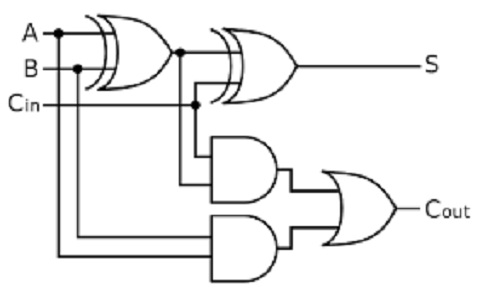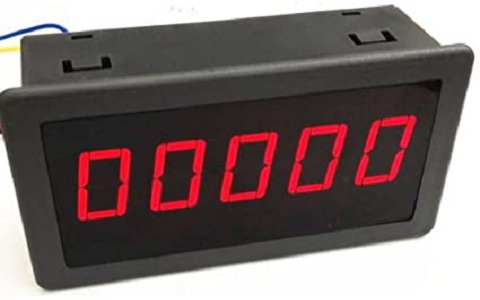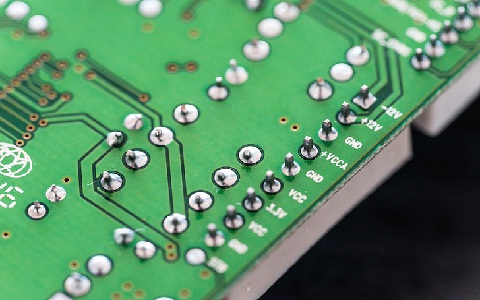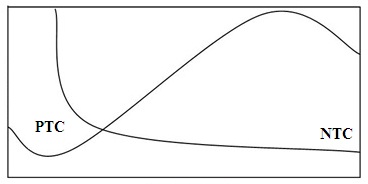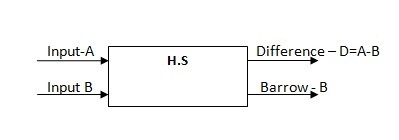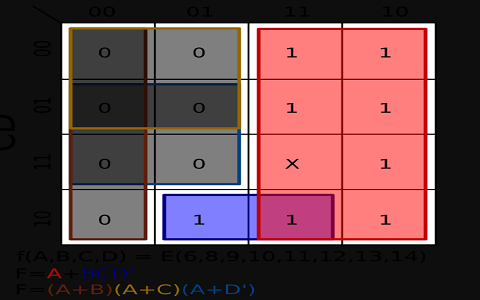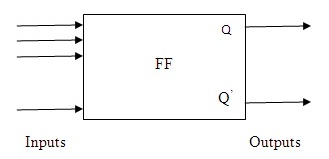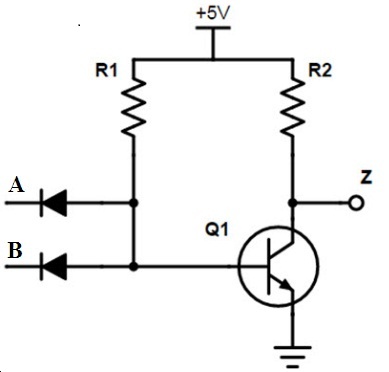Nowadays, digital electronic devices have a wide impact on our living. In our day to day activities, we use cell phones, PDA's, and many more. These comprise comparators, Dividers, Adders, etc. The functionality and performance of this mainly depend on how efficiently these basic circuits operate. Full adder is beneficial in terms of the addition of multiple bits. Each circuit has its advantages and limitations based on the power supply and the propagation delay. Full Adder is the basic … [Read more...]
What is a Digital Counter : Types & Applications
A Digital Counter is obtained by arranging the flip-flops. These are the applications of flip-flops. Other than counting, these are used for measuring the frequency as well as time. These are used to increase the addresses in memory. The operation of these devices depends on the single clock applied. These are made of flip-fops as basic elements. There are two states included in the flip-flops. The high state is represented by 1 and the low state by 0. The operation of the counter can be made … [Read more...]
What is Half Adder : Circuit Diagram & Its Applications
Half Adder is of the kind of basic digital circuit. Earlier there are various operations performed in Analog Circuits. After the discovery of digital electronics, similar operations are performed in it. The digital systems are considered to be effective and are reliable. Among the various operations, one of the most prominent operations is Arithmetic. It includes Addition, Subtraction, Multiplication, and Division. However, it is already known that it might be a computer, any electronic gadget … [Read more...]
What is a Digital Circuit : Design, Types & Its Applications
Digital electronics operate on digital signals and a digital circuit is an integral component of digital electronics. It is used in various electronic devices for different purposes. The main purpose of this circuit is the transmission of power to the different components of the circuit. It can perform different types of Boolean operations. The Digital circuit is one such circuit where the signal exists in one of the two states which are 0 and 1. We use this kind of circuit to make logic gates … [Read more...]
What is Thermistor : Working, Types & Applications
Temperature sensing is considered to be the most important part of any electronic application. In the household appliances or the industrial environment, the measurement of temperature to set certain limits for operation is needed. There are various sensors for this purpose some of them which are frequently preferred are Thermocouples, Semiconductor sensors, Resistance Temperature Detectors are popularly known as RTD's and Thermistor. While experimenting with the behavior of the … [Read more...]
What is Half Subtractor : Working and Its Applications, K-MAP, Circuit using NAND Gate
To process the information like light or sound from one point to other we can use analog circuits by giving proper inputs in the form of analog signals. In this process, there are chances of noise being picked up by the input analog signals and this may lead to loss in the output signal, it means whatever the input we are processing at the input level is not equal to the output stage. To, overcome these digital circuits are implemented. Digital circuit can be designed with logic gates. Logic … [Read more...]
Sum of Products and Product of Sums : Types and Schematic Diagrams
We are all more familiar with the terms SUM and PRODUCT in mathematics. Based on these terms, AND and OR logical operations are derived. Any kind of logical expression can be represented through these terms and there are many ways of expressing a logical function. AND represents the product relationship between the terms whereas OR represents sum relationship. So, Sum of Products and Product of Sums are the equivalent approaches of representing a logical expression. Through few principles, these … [Read more...]
Basic and All-inclusive concepts in Boolean Algebra
Initially, we are only with the propositions of true and false and these bivalent values introduced four laws of logic. But in many of the situations, there might be a need of more than these two values, in that case, the bivalent solution fits in. This bivalent approach is proposed by Aristotle. Making modifications to his approach George Boole founded Boolean Algebra which categorized multiple laws of relationship those are in between mathematical quantities constrained to one of two values: 1 … [Read more...]
What are Latches? and How they Differ from Flip-Flop?
In Digital Electronics, transmission and the storage of the data is the wide part of the computation. In both digital and informational technology sector data needs to be stored in the memory may be internal as in microcontroller or external as in micropocessors. To store the information in terms of bits the Latches and Flip-Flops are used. These are the basic storage elements that store binary values that are 0 and 1. Flip-Flop circuit is derived from the latch. Both elements belong to the … [Read more...]
Logic Gate : Working principle, Types, and Uses
In this digital world of electronics, the information is stored in the form of bits (Binary). Certain arithmetical operations like addition, subtraction, multiplication, and division are to be performed on these bits. The combination of 'Arithmetic Operation' with certain 'logic' using binary numbers was established by Leibniz. Further, the electrical circuits of switching based on vacuum tubes were designed. The invention of relays replaced the 'vacuum tubes' in switching circuits. Finally, … [Read more...]
